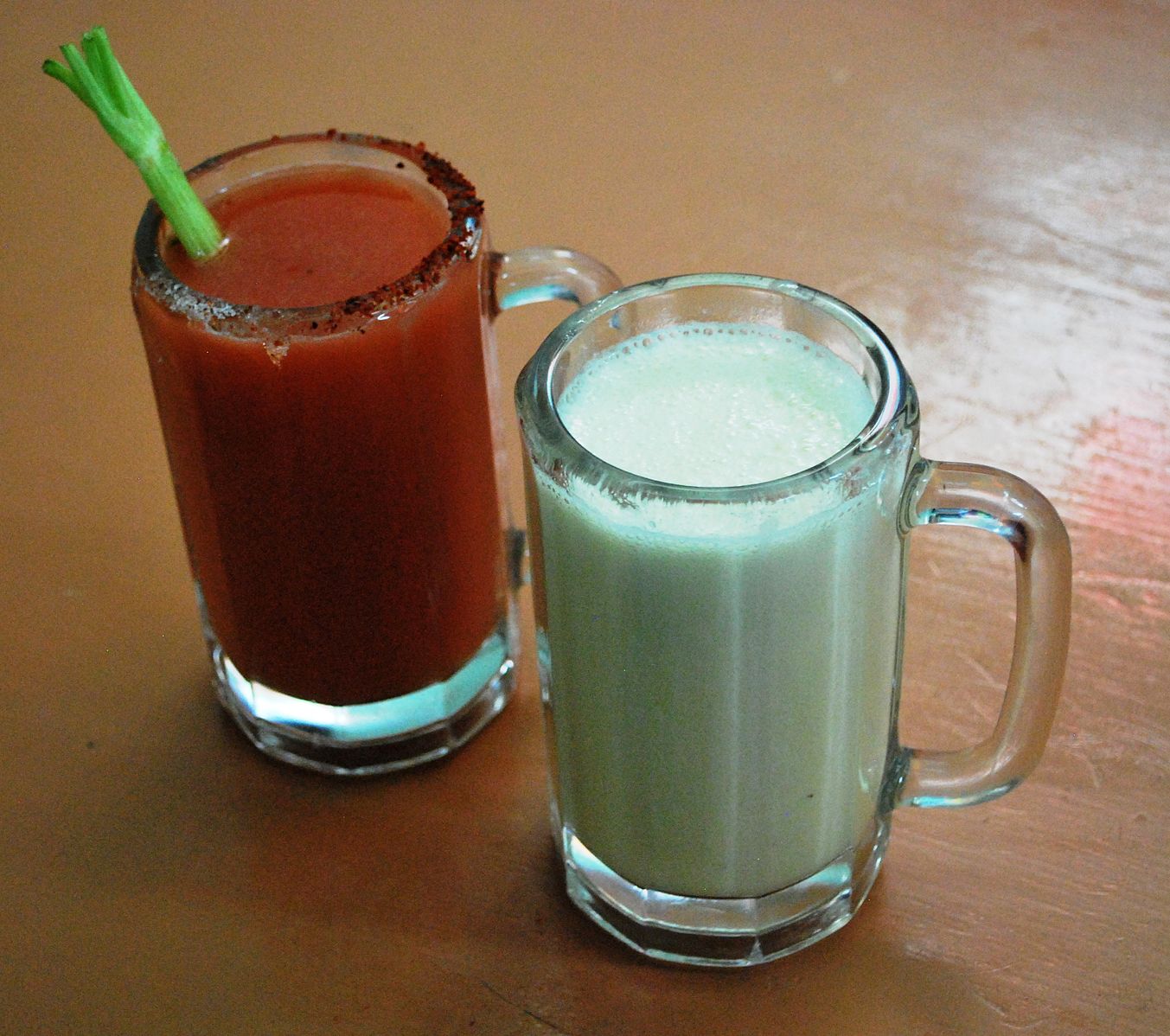Pulque
iztac octli
Pulque , occasionally known as octli or agave wine, is an alcoholic beverage made from the fermented sap of the maguey (agave) plant. It is traditional in central Mexico, where it has been produced for millennia. It has the color of milk, a rather viscous consistency and a sour yeast-like taste. The drink's history extends far back into the Mesoamerican period, when it was considered sacred, and its use was limited to certain classes of people. After the Spanish conquest of the Aztec Empire, the drink became secular and its consumption rose. The consumption of pulque reached its peak in the late 19th century. In the 20th century, the drink fell into decline, mostly because of competition from beer, which became more prevalent with the arrival of European immigrants, but pulque remains popular in many parts of Central Mexico, however, and there have been some efforts to revive the drink's popularity elsewhere through tourism. Similar drinks exist elsewhere in Latin America, such as guarango in Ecuador (see miske).
Source: Wikipedia



